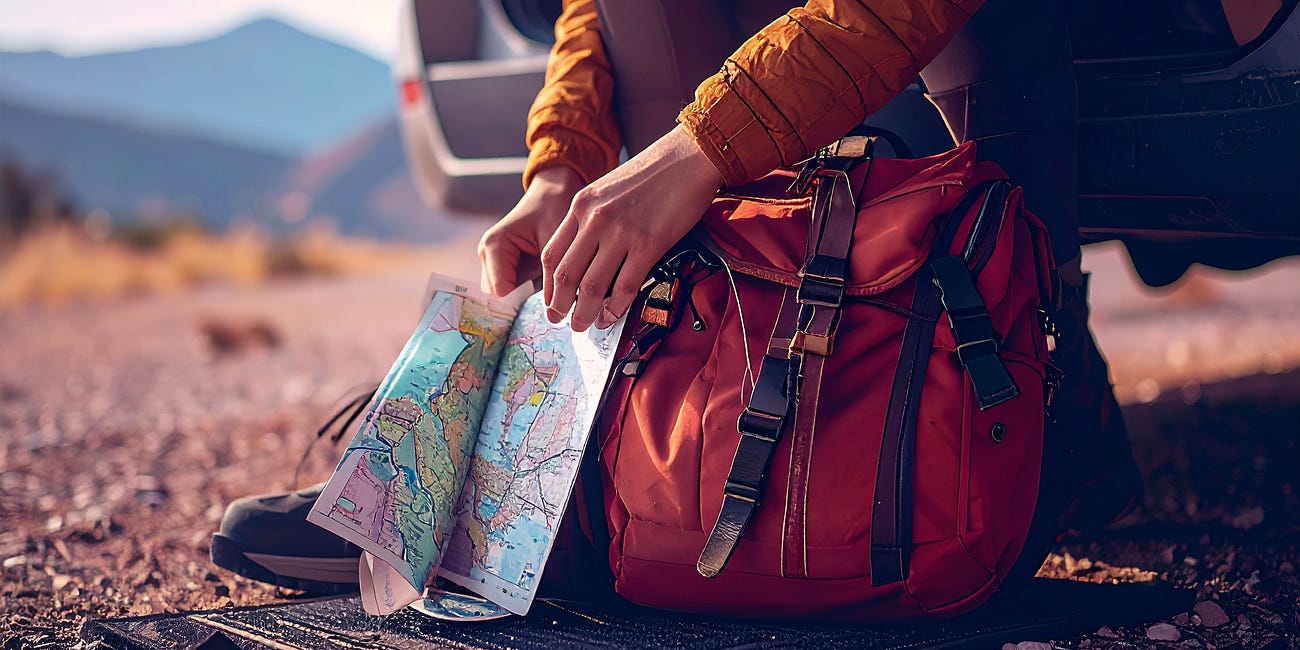Sisterhood of the Traveling Baddies: Part 2 – Blood, Sweat, and Catholes
A full-truth guide to period prep, pee rags, gear hacks, and solo resilience on the trail. No fluff, no shame; just what every wild woman deserves to know before heading out alone.
🔗 Missed Part 1?
Solo Female Thru-Hiking: Sisterhood of the Traveling Baddies
·
If you engage with thru-hiking content online (especially as a woman) you’ve probably witnessed the same algorithm-induced rabbit hole.
In the first installment of this series, we peeled back the curtain on what it actually feels like to hike solo as a woman. We rifled through key aspects of the mental game, emotional unraveling, and power in reclaiming our stories, one switchback at a time. Now, we’re getting down to brass tacks: the gritty, glorious, and sometimes gro…


